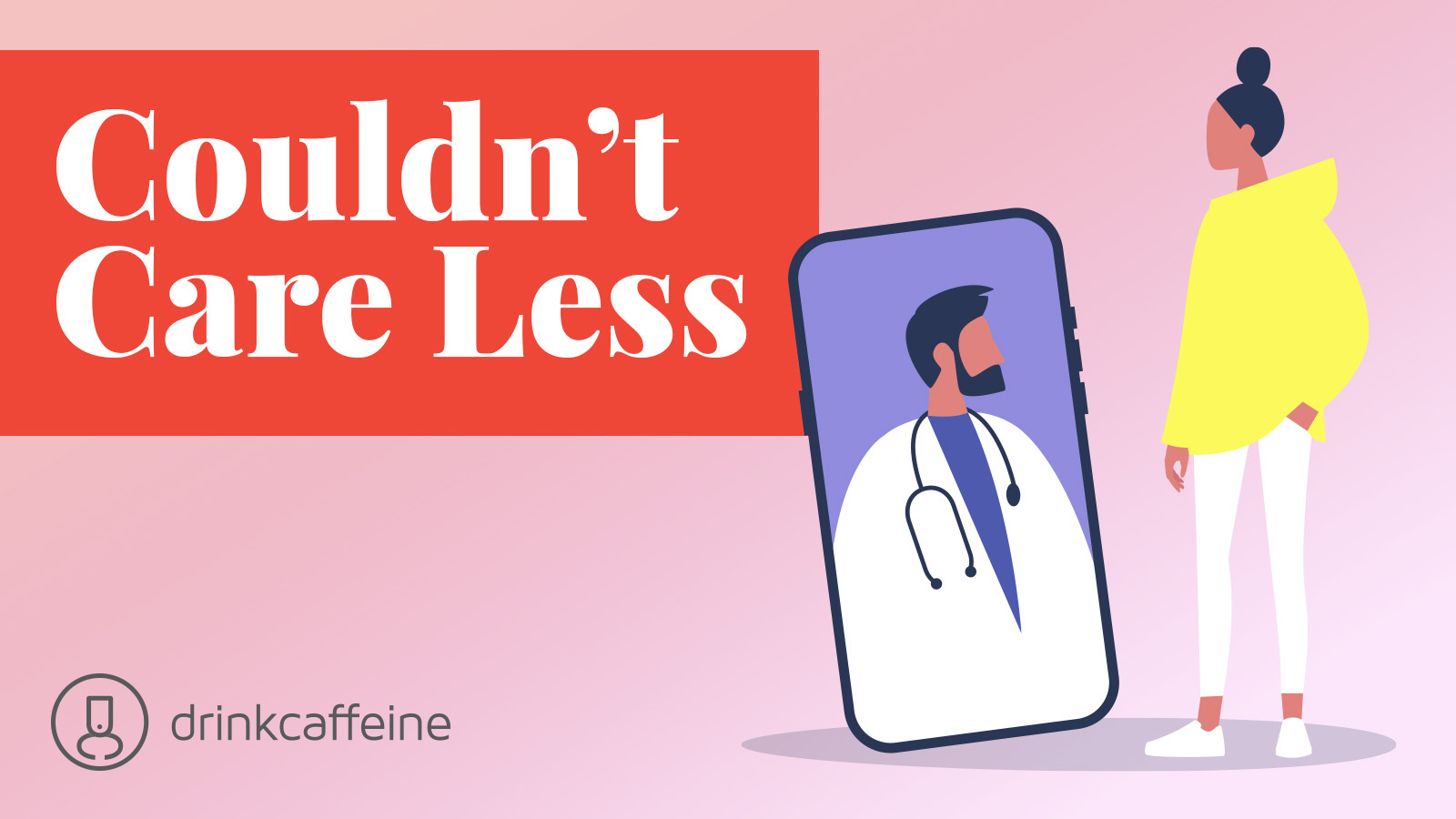Here’s how to keep it open.
Millennial distrust and dislike of primary care is well documented. In fact, Gen Y members are 2x as likely as Boomers to use retail-level care centers.
Why does Gen Y – people now in the 23-39 age range – feel this way?
Possibly because to them, primary care is outdated, inconvenient, clunky, and doesn’t offer a whole lot of value.
Let us recall that Millennials came of age in the Great Recession. Their health insurance premiums, deductibles, and their medical debt has escalated steadily and so far, primary care hasn’t shown them much. Can you blame them for relying on WebMd and strip-mall clinics?
The pandemic opened a door for Millennials to grasp the importance of a doctor who knows your name.
Now healthcare leaders need specific tools and messages to bring Millennials into the exam room.
5 Ways to Engage Millennial Patients
1. Scheduling help
It’s not a “1-doctor world” any longer and for Gen Y, convenience, communication, and mobile-friendly functionality are driving the decision of which doctor to choose. In email, social media, and all provider-to-patient communications, be sure to emphasize:
- Telehealth. A preferred Millennial tool for faster access and initial consultations
- Walk in appointments.Manage expectations – remind walk-ins that waiting times will vary
- Same day appointments. Or, within 24 hours
34%
of millennials haven’t had a checkup since the onset of the pandemic, and 45% ignore health issues.
(Harmony IT)
2. Create branded content
Start curating or creating informative content for patients and unify it under a single set of design standards. Millennials understand branding and don’t object to it if the content is useful. 3 potential topics:
- Employee Spotlights. Use edited Zoom video interviews to showcase staff.
- Explainer videos. Short segments that guide new patients.
- A streamlined New Patient page. With conversion-focused content.
3. Price transparency
Medical price transparency is being mainstreamed, so it’s good to show a willingness to volunteer basic pricing information. Some examples:
- “Sample” pricing for standard services and everyday day
- Insurance-related advice, such as in-network vs out of network costs
- A good set of “Financial FAQs”
4. Medical-Behavioral health integration
Millennials value mental health care because their generation has endured its share of mental hardship: For example, Gen Y experiences nearly a 20% higher incidence of major depression compared to Gen X. Make sure your website addresses:
- The availability of Telehealth. Mental health is the most common reason for scheduling a Telehealth appointment.
- Stress. Since the majority of doctor visits are stress-related you should demonstrate an understanding of the role it plays in everyday life.
- HIPAA compliance.To ensure privacy and confidence in the integrity of the provider-patient relationship.
5. Send the Right Message: Stay together
Millennials seek long-term relationships so talk about the provider-patient relationship as a serious partnership. Make it about shared commitment. Some sample messages:
- “Together, we can navigate healthcare.” Emphasize coordination of care. [Believe us, Millennials will recognize its value.]
- “Take the 1st step.” With 45% of Gen Y ignoring health issues, the call to action should be to initiate action.
- “Your doctor, your resource.” Remind them that a primary care physician is the front door to the healthcare system.
When you’re ready to use data and evidence-based practices to solve healthcare communications problems, contact us.


